12 Hottest States in the US – What You Need To Know in 2025
-
Chris Dinesen Rogers
- Last updated:

We know the planet is getting warmer, with average annual temperatures rising. It’s apparent if you view the data from 1900 through 2020. You can also see it in the yearly extremes, such as what we experienced in the summer of 2021. You’re not likely to see many surprises in our roundup of the top 12 hottest states, but the ranking may not be what you’d expect.
We used aggregate data from the National Climatic Data Center to determine where the states rank. Other lists we saw were based on a single year. We chose the former source to get a clearer idea of overall trends. As you’ll find, the differences between our contenders are often slim. Let’s dive into the facts and figures to see where the hottest states stand.
The 12 Hottest States in the US: Quick List
- Hawaii
- Florida
- Louisiana
- Texas
- Georgia
- Mississippi
- Alabama
- South Carolina
- Arkansas
- Arizona
- Oklahoma
- California
A Closer Look at the 12 Hottest States in America
1. Hawaii

| Average Temperature | 71.6℉/22℃ |
| Hottest Month | August |
| Coldest Month | February |
Hawaii has an overall mild climate. However, it also has mountainous areas that experience colder temperatures at higher elevations, such as Mauna Kea Volcano on Hawaii island. In addition, the islands vary in length, from Lanai at 18 miles to Hawaii at 93 miles. That means the ocean may play a more significant role in the climate of smaller landmasses.
2. Florida
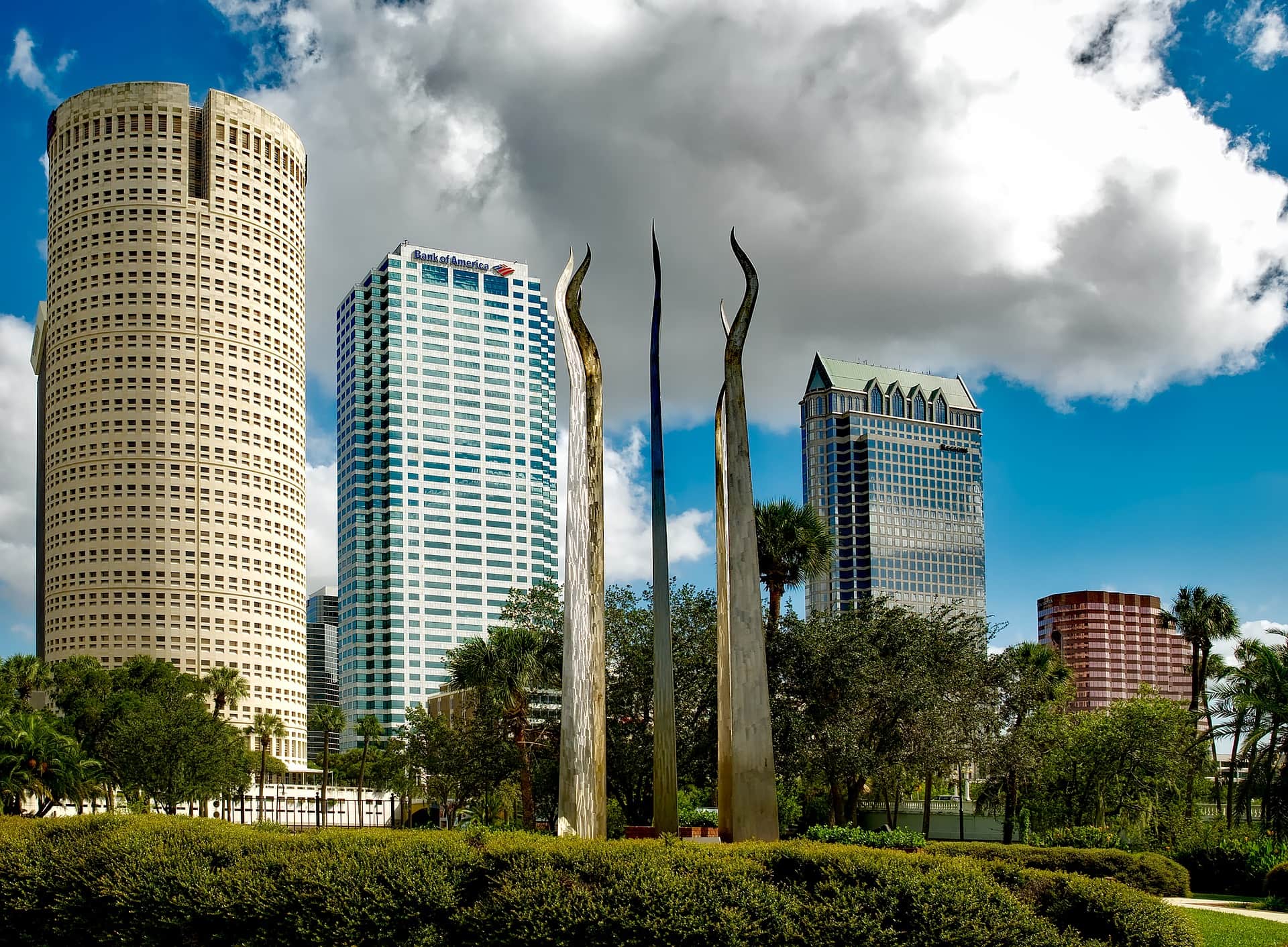
| Average Temperature | 70.1℉/21.2℃ |
| Hottest Month | Month: |
| Coldest Month | Month: |
Florida is a peninsula that sits between the Atlantic Ocean and the Gulf of Mexico, which helps explain its rank on our list of the hottest states. Both bodies of water play a significant role in its climate and, thus, its tourism potential. Nearly 131 million people visited Florida in 2019, bringing an estimated $98.8 billion into the economy.
3. Louisiana
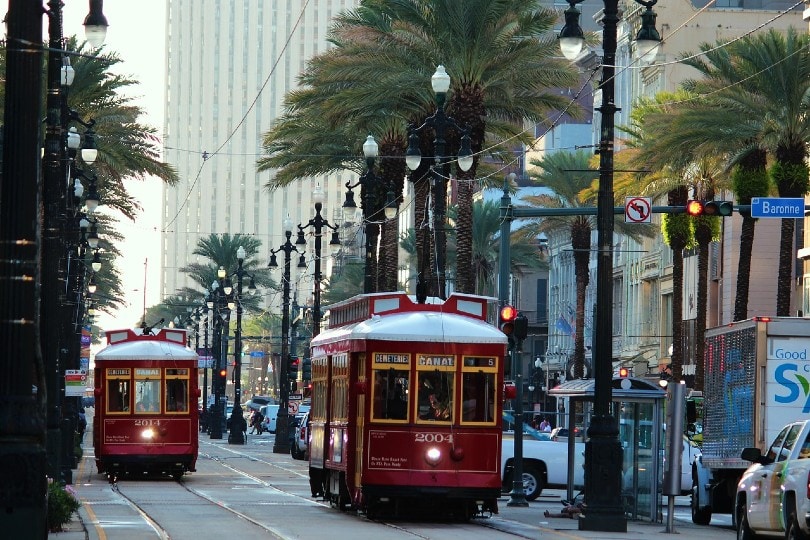
| Average Temperature | 66.4℉/19.1℃ |
| Hottest Month | August |
| Coldest Month | February |
Louisiana is located north of the Gulf of Mexico and resides along the Mississippi River, which has profound impacts on the state’s subtropical climate. It may not have the highest average temperature. However, the humidity more than makes up for the difference. It’s not unusual for dewpoints to hover in the upper 70s and lower 80s during the height of summer.
4. Texas

| Average Temperature | 64.8℉/18.2℃ |
| Hottest Month | August |
| Coldest Month | January |
The Lone Star State ranks second in the country for land area at 261,231.71 square miles. Yet, its population density tells a different story, with only 96.3 people per square mile. It is a diverse state with a broad spectrum of ecological and climatic regions. Water plays a significant role in its climate. Its location is near 15 major rivers and has 350 coastal miles.
This site also makes Texas vulnerable to tropical storms and hurricanes, with Tropical Storm Imelda hitting the state in 2019. Nevertheless, Texas provides many activities because of its warm and comfortable climate.
5. Georgia
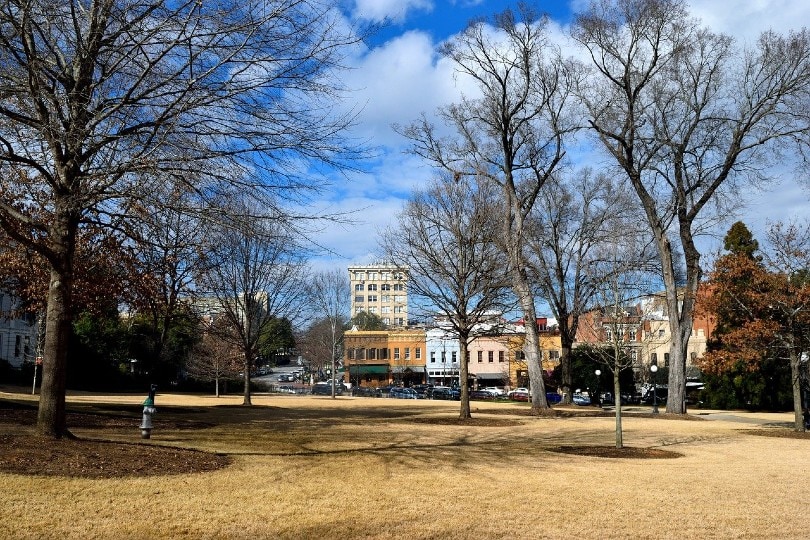
| Average Temperature | 63.5℉/17.5℃ |
| Hottest Month | July |
| Coldest Month | January |
Georgia’s proximity to water and abundant wetlands provide a backdrop for the humid, subtropical climate the Peach State experiences. Agriculture is a major industry in the state because of its mild climate. Despite its nickname, pecans are its primary cash crop. On average, it produces 88 million pounds a year, making it the pecan capital of the country.
6. Mississippi

| Average Temperature | 63.4℉/17.4℃ |
| Hottest Month | August |
| Coldest Month | January |
Mississippi shares Georgia’s humid, subtropical climate, which accounts for its place in our lineup. It also allows the Magnolia State to make the most of its rich natural resources with a long growing season. Aquaculture and fishing play significant roles in its economy due to the abundance of aquatic life that benefits from the mild climate.
Wildlife watchers will find plenty of viewing opportunities in Mississippi with its bountiful bird, reptile, and amphibian populations. Of course, there are also the Magnolia trees for which it gets its state nickname.
7. Alabama
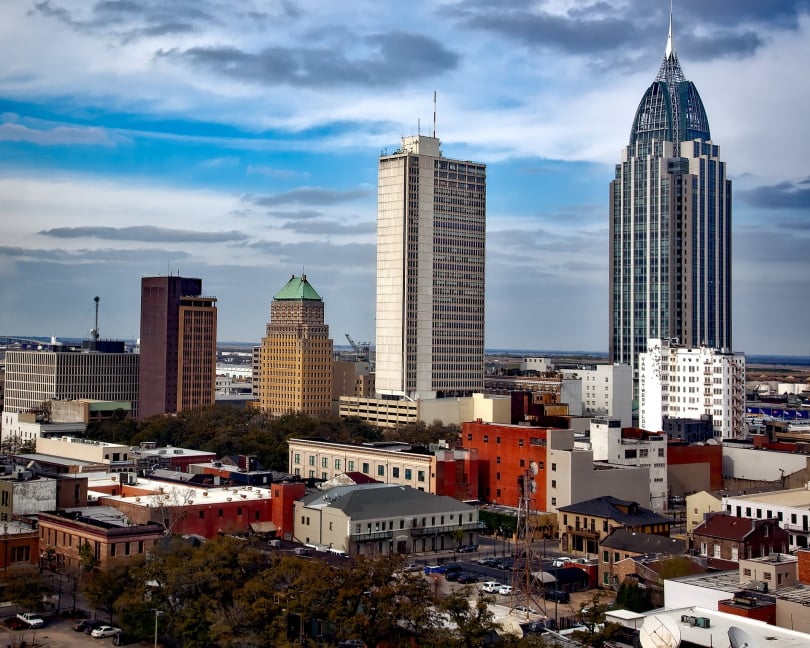
| Average Temperature | 62.8℉/17.1℃ |
| Hottest Month | July |
| Coldest Month | January |
Alabama, or the Yellowhammer State, has one of the highest tourism rates due to its pleasant weather and subtropical climate. It has a diverse flora collection that, in turn, provides habitats for plenty of wildlife among all animal classes. Despite the hot weather, it’s worth mentioning that droughts aren’t a frequent occurrence in the state.
8. South Carolina
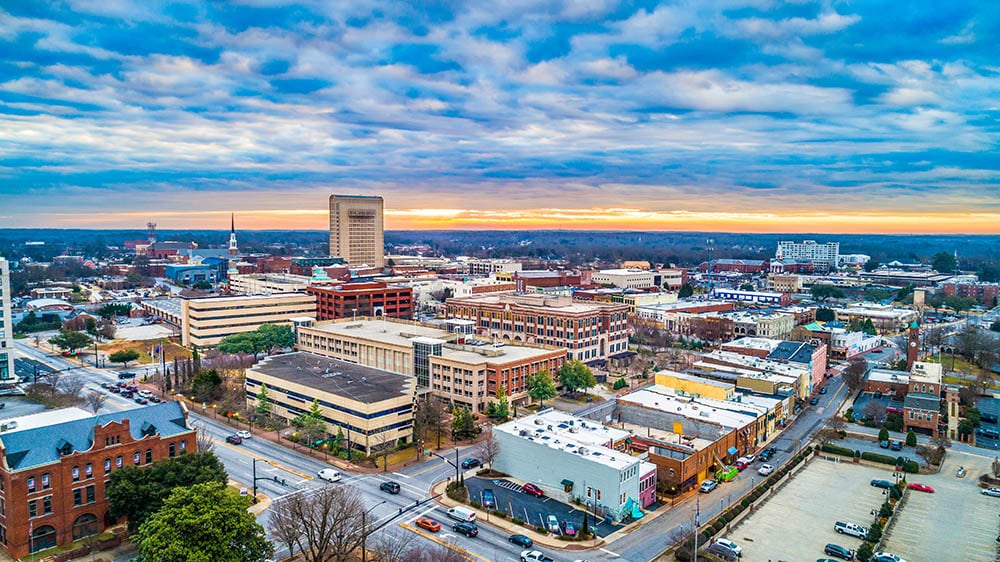
| Average Temperature | 62.4℉/16.9℃ |
| Hottest Month | July |
| Coldest Month | January |
South Carolina enjoys mild winters and pleasant summers due to its coastal location. The Atlantic Ocean moderates the climate and keeps temperatures in an enjoyable range. However, there have also been a few blips on the radar.
After looking at its lowest recorded temperature of -19°F, it’s an anomaly for a state within the 7a and 9a USDA Hardiness Zones, which have no temperatures below 0°F. The Palmetto State has a humid subtropical climate that accounts for the day-to-day conditions you’ll likely experience.
9. Arkansas
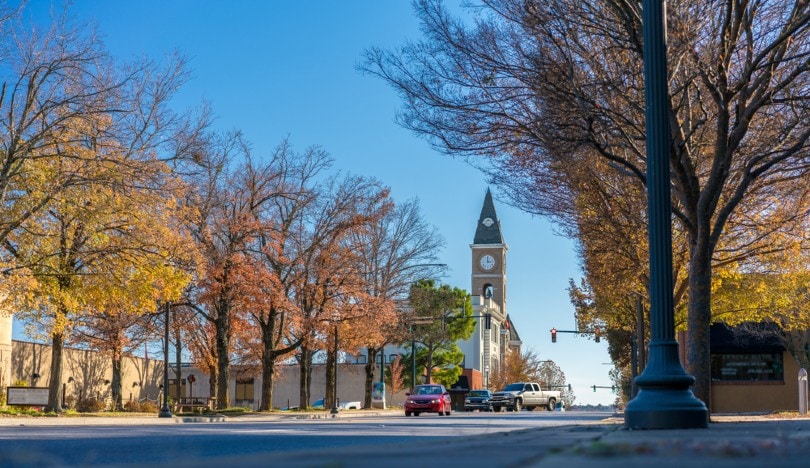
| Average Temperature | 60.4℉/15.8℃ |
| Hottest Month | July |
| Coldest Month | January |
Arkansas is an interesting state with a diverse range of climatic regions. You’ll find mountains, floodplains, wetlands, and an alluvial plain. The diverse landscape is ideal for varied flora and fauna.
As you may expect, the weather differs depending on the elevation and latitude. It also means that the average monthly temperature can fluctuate frequently. Arkansas is a landlocked state, yet it has a humid subtropical climate. The many rivers, streams, and lakes ramp up the moisture levels and, thus, the effect of the temperatures.
10. Arizona
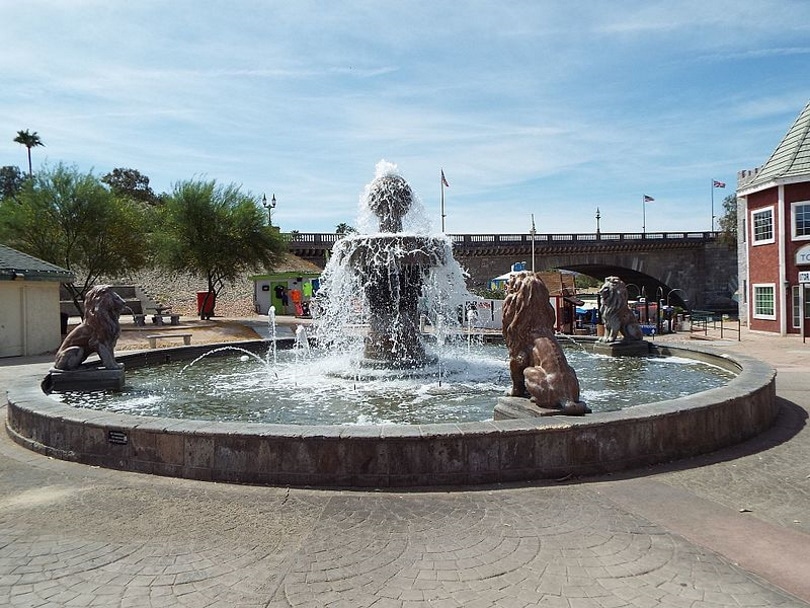
| Average Temperature | 60.3℉/15.7℃ |
| Hottest Month | July |
| Coldest Month | December |
Arizona differs from many states we’ve considered because of its dry climate. The annual precipitation ranges from 3–40 inches, depending on the location. That’s one reason the days over 100°F don’t feel as uncomfortable as in more humid areas.
Nevertheless, heatstroke and dehydration are still significant health concerns. Bear in mind that Arizona also contains a broad range of habitats, from mountains to deserts.
11. Oklahoma

| Average Temperature | 59.5℉/15.3℃ |
| Hottest Month | July |
| Coldest Month | January |
Oklahoma is a dichotomy—it has a semi-arid climate in the west that morphs into a humid subtropical one in the east. That means you’ll see a broad spectrum of climatic conditions. The southeastern corner has the highest temperatures in the state.
The growing season isn’t as long as the other hot locations on our list, with a maximum of 230 days. As you may surmise, the Sooner State has a wide range of flora and fauna because of the varying habitat types. Fortunately, many of the more sensitive areas are protected at the state and federal levels.
12. California

| Average Temperature | 59.4℉/15.2℃ |
| Hottest Month | August |
| Coldest Month | January |
| Hottest US Recorded Temperature | 134℉ at Greenland Ranch, CA, on July 10, 1913 |
California is the third largest state in the country, with 1,040 miles from north to south. That makes for many climate variations due to its diversity of geographical features, habitats, and climatic influences from the Pacific Ocean and other water bodies. Unfortunately, it also means generalizations about this state are challenging to make.
Conclusion
The United States has a wide range of climates, from the tundra of Alaska to the Everglades of Florida. Most of the hottest states are located in the country’s southern parts. However, even these obvious choices have a lot of climate variation. The essential aspect to remember is that our list is a generalization represented by statistics.
- See Also 10 Hottest Cities in the World
- US Annual Temperature Compared to 20th Century Average
- Summer 2021 Was Hottest on Record in the Contiguous U.S., NOAA Says
- Climate of Hawaii
- Records
- 10 Interesting facts about Hawaii
- Mauna Kea-National Geographic Society
- Climate at a Glance
- Average Maximum Temperature in the United States in 2020, by Select State
- Florida’s Tourism Economy Experiences Another Record Year in 2019 But Shifts Into a Lower Gear of Growth
- QuickFacts-Florida; United States
- Great Songs From (and About) Louisiana
- Louisiana Tourism
- QuickFacts-Texas; United States
- 25+ Fun Facts About Texas
- Texas Gulf Coast
- Peaches
- Pecans
- Mississippi
- Alabama
- QuickFacts-Alabama; United States
- South Carolina County Minimum Temperature Records
- USDA Plant Hardiness Zone Map
- Arkansas
- 10 of the Hottest Cities in the US
- Climate of Arizona
- Fun Facts
- Climate of Oklahoma
Featured Image Credit: David Mark , Pixabay
Contents
